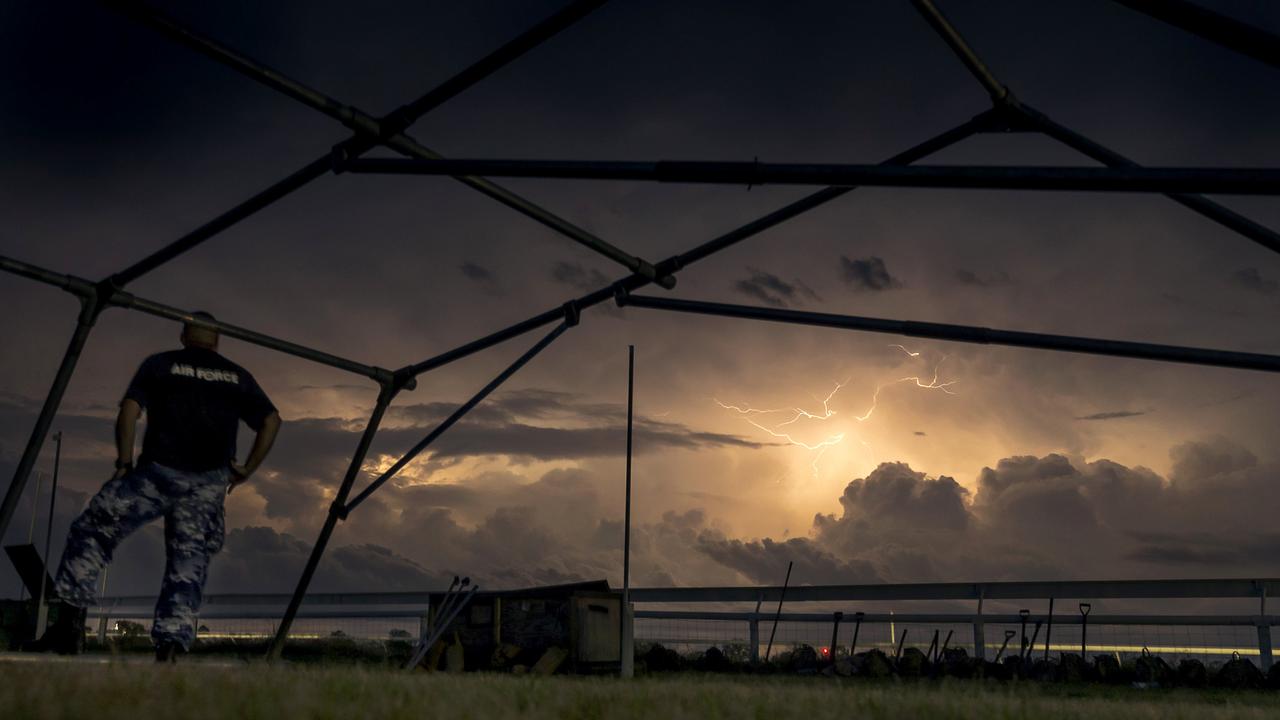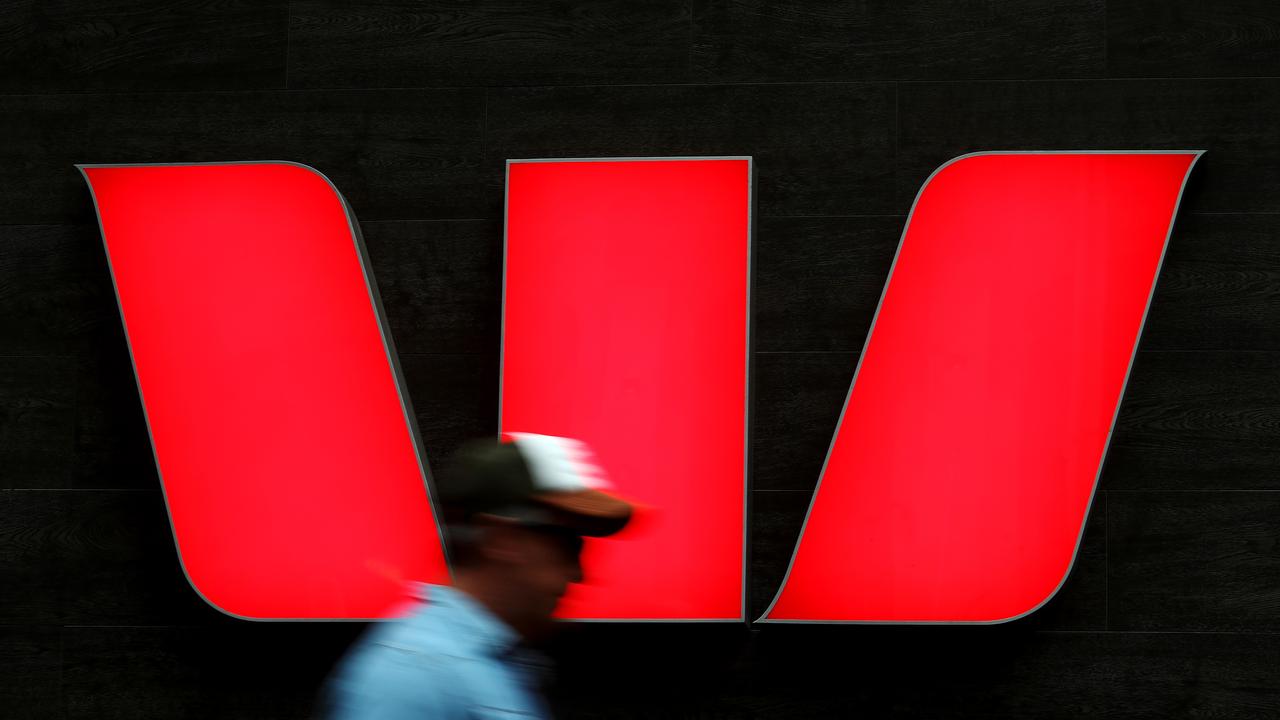Banks opt for a fraught Arrium balancing act
Banks opt for a fraught Arrium balancing act
Arrium’s lenders are flirting with the unpalatable but presumably trying to engineer a better outcome than the $1.3 billion of losses they would have to digest if the integrated steel group were to collapse.
Six weeks ago Arrium unveiled a recapitalisation proposal, centred on funding provided by Blackstone’s GSO Capital Partners, that involved its bank lenders taking a brutal “hair cut” in order to keep the group afloat.
The leverage Arrium and GSO had over the banks was that the alternative — Arrium’s collapse — would see the bank lenders, which have lent Arrium $2.8 billion without security, standing alongside $1 billion of trade and other unsecured lenders and exposed to employee, tax and, potentially, environmental liabilities.
Today, however, Arrium announced that the banks and its noteholders had rejected the recapitalisation plan announced on 22 February.
That plan would have seen GSO provide Arrium with $US927 million ($A1.2 billion) of new funding via a secured loan of $US665 million ($A870 million) and an underwriting of a new equity raising to raise about $US262 million ($A343 million).
GSO would have had warrants that would have given it 15 per cent of Arrium’s expanded capital base and, if none of Arrium’s existing shareholders participated, potentially more than 90 per cent. The way the recapitalisation plan was structured, Arrium’s institutional shareholders — or third parties — could have underwritten or sub-underwritten the equity component.
The banks’ rejection speaks to their anger that the plan was sprung on them without any real notice or engagement (which suggests Arrium may not have managed its relationships with them as well as it might have) and their discontent that it was put to them as something of an ultimatum — either they signed on or they lost almost half their Arrium exposures.
Unless someone else comes out of the woodwork with better terms than GSO’s, however, they are in an invidious position given the unsecured status of their loans. They could lose more than the 50 cents in the dollar envisaged by the GSO proposal if Arrium collapses.
There may be an element of brinkmanship to their stance. It puts pressure on Arrium to come up with a better alternative and on GSO to improve its terms to give the banks either a better return in the dollar or more exposure to any upside. It gives the banks some leverage to get a better outcome, albeit leverage that needs to be carefully exercised.
For GSO, if the losses in steel and iron ore could be stemmed, or at least substantially reduced, there is about $300 million of earnings before interest, tax, depreciation and amortisation and an enterprise value of about $3 billion within Arrium. It is, even in a global context, an intriguing recap opportunity.
Arrium’s desperate plight is due to the collapse in iron ore and steel prices. Its iron ore and steel businesses are haemorrhaging cash to the tune of about $500 million a year.
While the iron ore price is (momentarily?) above its break-even price of $US50 a tonne at $US54 a tonne, the outlook for iron ore has more downside than upside, with a lot more supply scheduled to enter an already oversupplied market. Arrium has binding deals with contractors that limit its flexibility.
The Whyalla steelworks have been rendered uneconomic by the collapse in global steel prices and Whyalla’s own uncompetitive economics. It is trying to negotiate a new deal with its workforce to improve productivity, lower costs and stem the losses, much bas its former BHP sibling, BlueScope Steel did at Port Kembla.
Reducing the cash outflows from iron ore and steel are obviously the key to Arrium’s ability to recapitalise the group around its best business, the Moly-Cop mining consumables business that Arrium shopped around as an alternative to a recap but for which it couldn’t attract a buyer at a price that would stabilise the continuing entity.
Arrium does have some leverage with the South Australian Government, which would be desperate to keep Whyalla operating and protect its 1000s of jobs. Reducing the losses at Whyalla, however, doesn’t address the totality of Arrium’s balance sheet problems.
It has, because of the ill-timed (with hindsight) and debt-financed vertical integration back into iron ore, got too much debt to carry the cash outflows from iron ore and steel. It has to be recapitalised and the banks — which include the four major Australian banks — are going to have to wear big losses.
The prospect of administration would be horrific for the banks, which have trade creditors standing alongside them and employees and the tax office in the queue of creditors ahead of them. The status of the environmental liabilities associated with Whyalla is unclear, but the South Australian State Government could complicate any administration.
Moreover, particularly in an election year, the fallout for the banks from putting Arrium into administration would be an issue — Malcolm Turnbull was in Whyalla only about a month ago.
Arrium employs the best part of 8000 people, is the economic heart of Whyalla and its 20,000 or so population and is the only meaningful domestic supplier of long steel products to the local economy.
Given that the banks would almost certainly lose a lot more money by refusing to take a loss as part of a re-cap, and suffer some unquantifiable but potentially very costly ripple effects from an Arrium collapse, the rational course would be for them to push hard for the best/least worse deal they can do but to everything they can to avoid putting Arrium into administration.
That’s going to be a very delicate and risk-laden process. It’s in everyone’s interests — banks, shareholders, employees and the economy-at-large — that Arrium and its lenders can come up with a successful and permanent re-cap solution.


